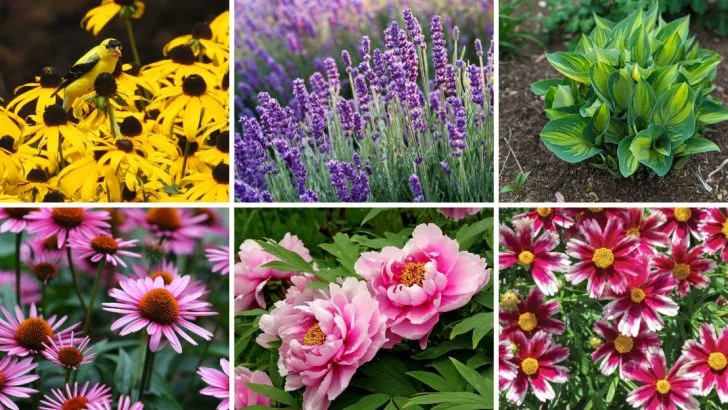May can feel like you’re already behind on planting, especially when garden centers are buzzing and everyone seems to have their beds in full swing. But the truth is, there’s still plenty of time to get perennials in the ground—and some actually prefer being planted now. I’ve had some of my best bloom years from plants that didn’t go in until mid or even late May.
The key is picking varieties that settle in quickly and don’t mind a bit of early summer heat. These are the tried-and-true perennials that still thrive when planted this month, giving you color and life in the garden all summer long.
Black-Eyed Susan
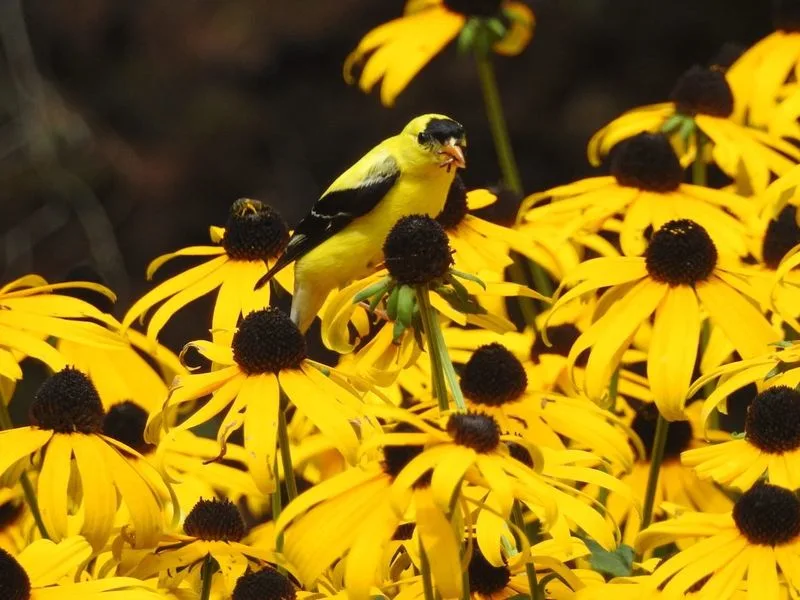
Known for their striking golden petals and dark centers, Black-Eyed Susans bring a touch of sunshine to any garden. These resilient perennials thrive in full sun and are drought-tolerant, making them perfect for low-maintenance gardens. Plant them in May, and by summer, you’ll have a dazzling display of yellow blooms.
The flowers attract butterflies and bees, adding life and movement to your garden. Pair them with purple coneflowers for a stunning contrast. Fun fact: Black-Eyed Susans are the state flower of Maryland. They symbolize encouragement and motivation.
Lavender
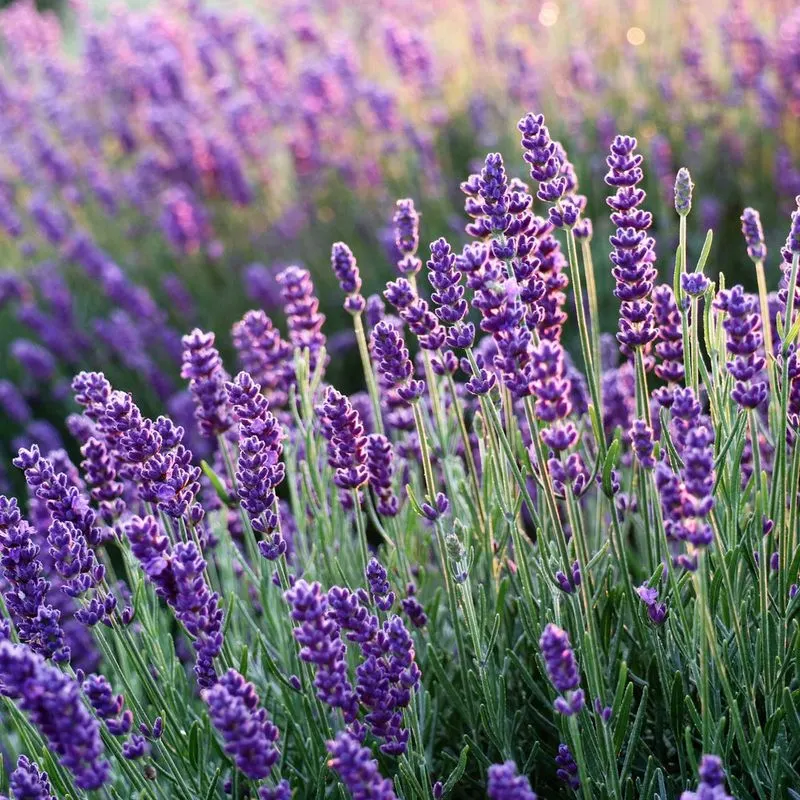
Lavender’s soothing scent and beautiful purple blooms make it a garden favorite. Plant it in well-drained soil under full sun in May for a summer filled with fragrant flowers. Lavender attracts pollinators like bees and butterflies, creating a lively garden environment.
Its aromatic qualities are perfect for making homemade sachets or oils. Did you know? Lavender has been used for centuries in herbal medicine for its calming properties. Pair it with roses for a romantic garden feel.
Daylilies

Daylilies are the stars of the summer garden with their rainbow of colors and hardy nature. Plant them in May to enjoy continuous blooms throughout the season. They thrive in a variety of soil conditions and are perfect for borders and mass plantings.
Daylilies are low-maintenance and deer-resistant, making them ideal for gardeners of all levels. Each bloom lasts only a day, but with multiple buds, they ensure a prolonged display of color. Fun fact: Daylilies are edible and often used in salads in some cultures.
Hostas
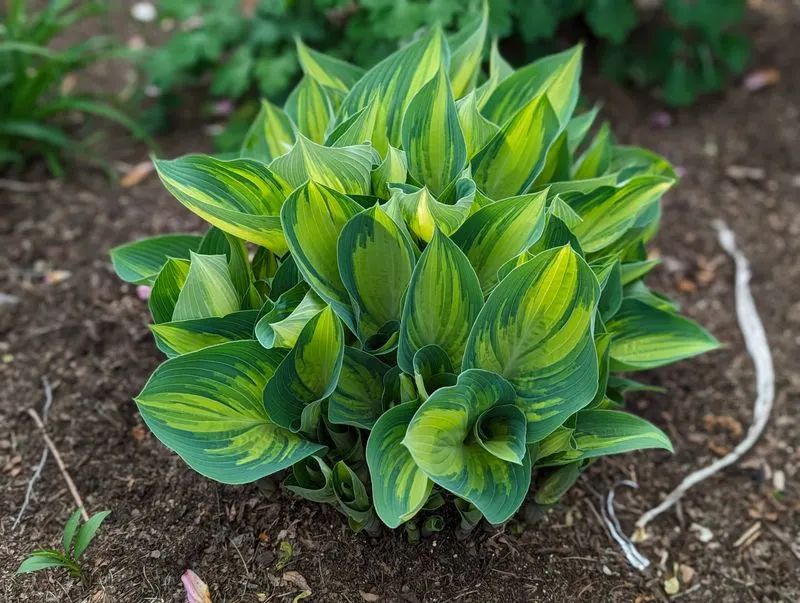
Hostas are renowned for their lush foliage and ability to thrive in shady areas. Plant them in May for a garden that remains vibrant and fresh all summer. With a wide variety of leaf shapes, sizes, and colors, hostas are a versatile choice for any landscape.
They make excellent ground covers and pair well with ferns and astilbes. Although primarily grown for their leaves, hostas also produce delicate flowers that attract hummingbirds. Did you know? Hostas are native to Northeast Asia and are considered a classic in ornamental gardening.
Echinacea
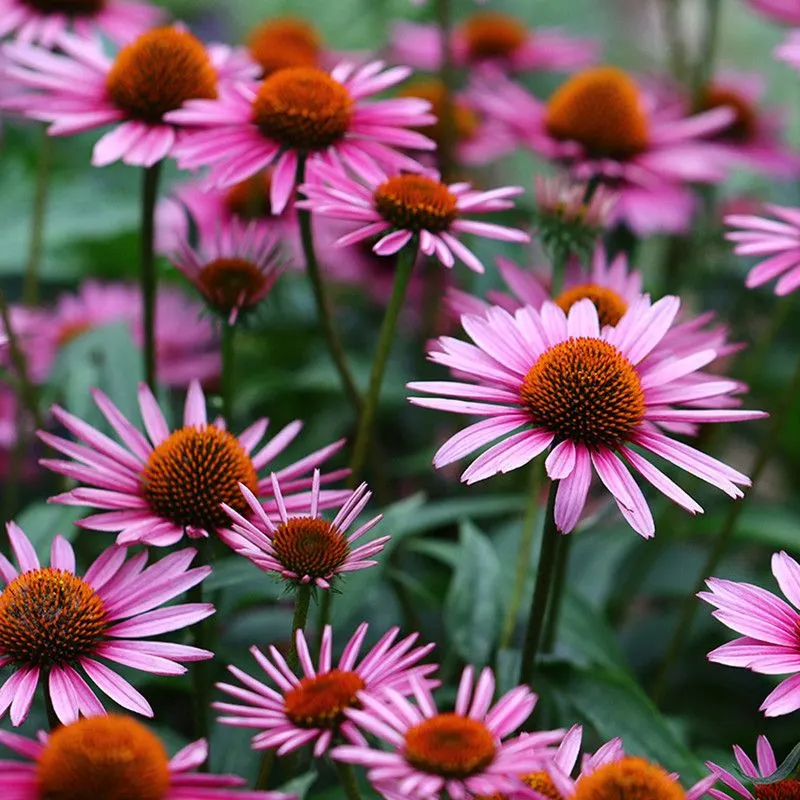
Echinacea, or coneflowers, are beloved for their daisy-like appearance and medicinal properties. Plant them in May for robust blooms that last through summer. These perennials thrive in full sun and attract a myriad of pollinators, including bees and butterflies.
Echinacea is often used in herbal remedies to boost the immune system. They pair beautifully with other wildflowers for a meadow-like garden setting. Interesting fact: Native Americans used echinacea for medicinal purposes long before it became popular in modern herbal medicine.
Peonies
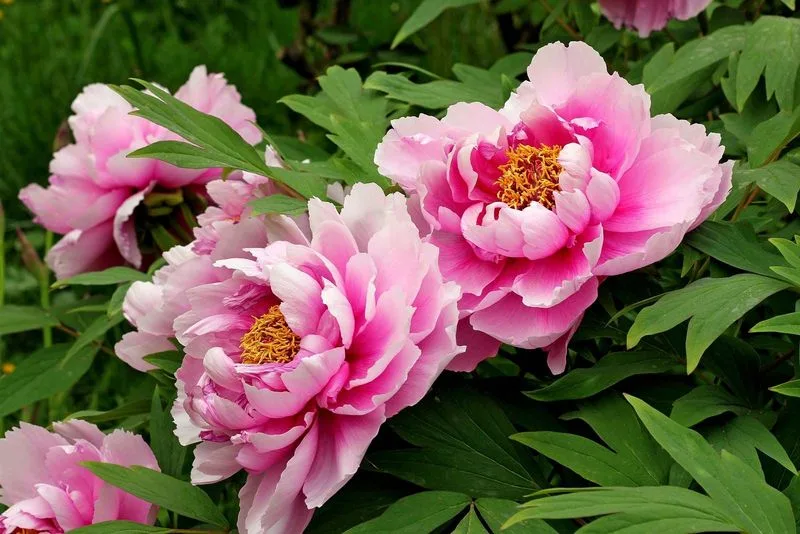
Peonies are the epitome of garden elegance with their large, fragrant blooms. Plant them in May for a stunning floral display every spring and summer. These perennials prefer well-drained soil and full sun to partial shade.
Peonies are long-lived and can thrive for decades with proper care. Their lush flowers make excellent cut arrangements, too. Did you know? In Chinese culture, peonies symbolize wealth and honor. They pair well with irises and other spring perennials for a classic garden look.
Coreopsis
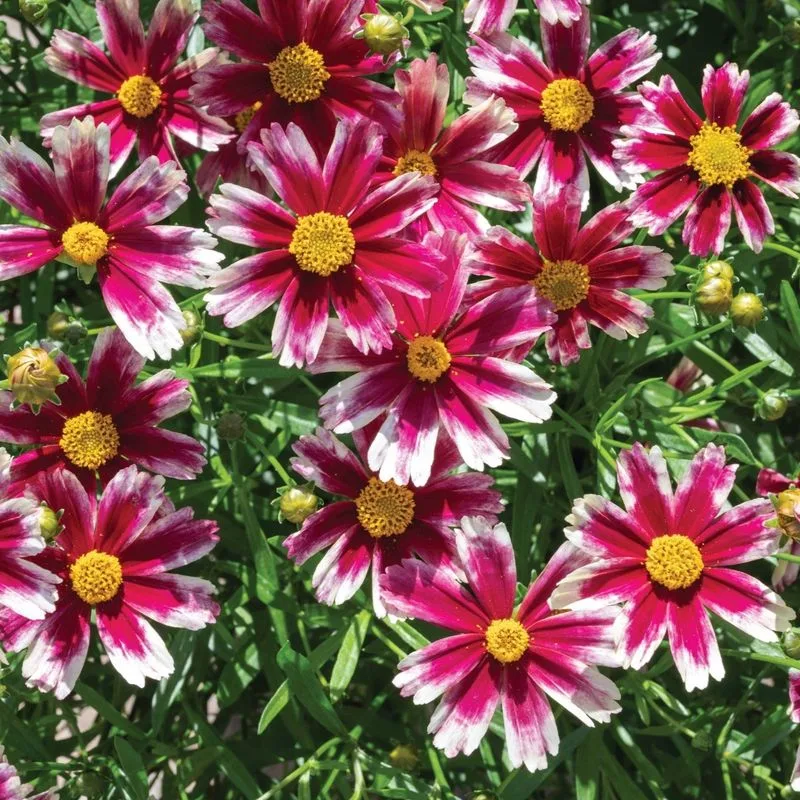
Coreopsis, also known as tickseed, offers a burst of color with its cheerful yellow blooms. Plant them in May, and they’ll bloom profusely throughout the summer. These perennials are drought-tolerant and thrive in full sun, ideal for sunny borders and rock gardens.
Coreopsis attracts birds and butterflies, enhancing the ecological balance of your garden. Pair them with blue salvias for a striking color contrast. Fun fact: Coreopsis is the state wildflower of Florida, known for its ability to brighten any garden space.
Salvia
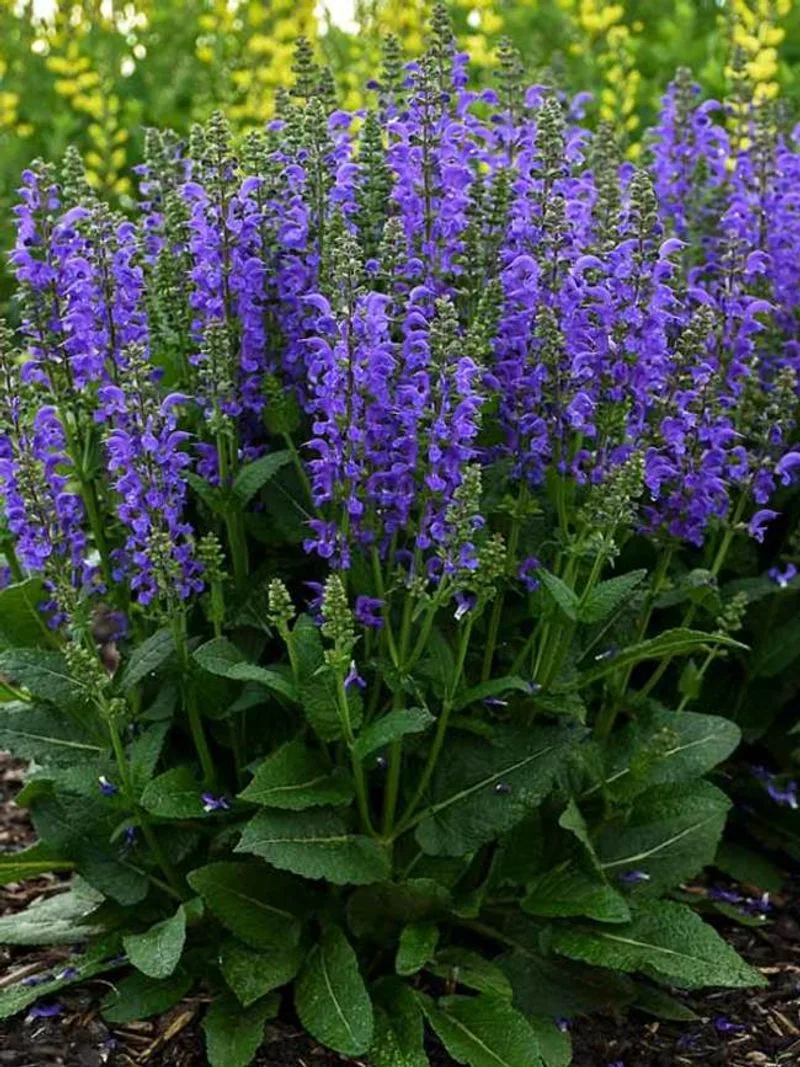
Salvias are a favorite for their vibrant spikes of color and aromatic foliage. Plant them in May for a garden that buzzes with pollinator activity. These perennials are heat-tolerant and thrive in well-drained soil and full sun.
Their long blooming season ensures continuous color throughout summer. Salvias pair well with ornamental grasses and other sun-loving perennials. Interesting fact: Salvias are part of the mint family, and some varieties are used in cooking and herbal remedies.
Yarrow
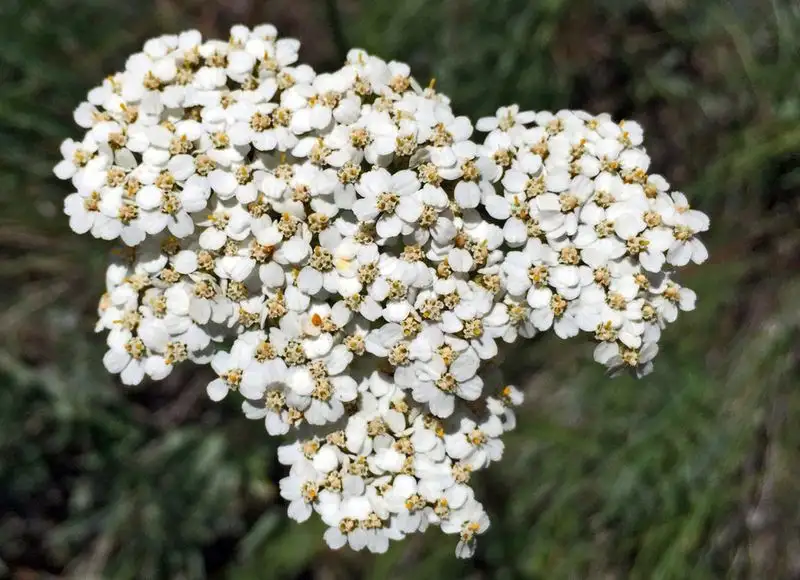
Yarrow is celebrated for its feathery foliage and umbrella-like clusters of flowers. Plant them in May for a summer display in colors ranging from yellow to pink. Yarrow is drought-tolerant and thrives in poor soil, making it a resilient choice for low-maintenance gardens.
These flowers attract beneficial insects and make excellent dried arrangements. Fun fact: Yarrow has been used historically to stop bleeding and heal wounds, earning the nickname “soldier’s woundwort.” Pair them with other wildflowers for a natural look.
Astilbe
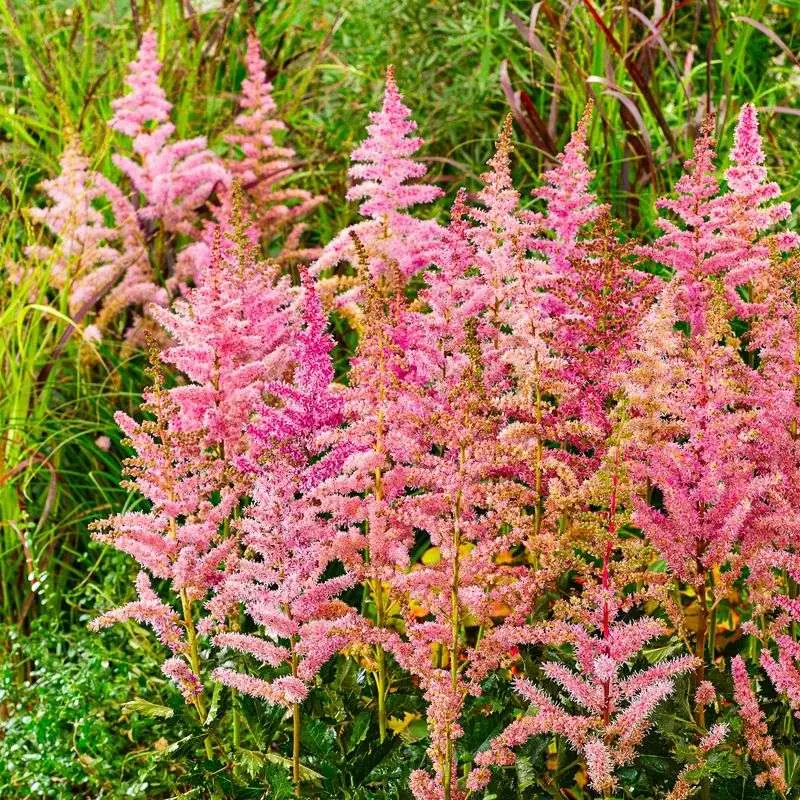
Astilbes add grace and texture to shaded gardens with their feathery plumes and fern-like foliage. Plant them in May for a summer garden filled with soft, delicate colors. They thrive in moist, well-drained soil and partial to full shade.
Astilbes are excellent companions to hostas and ferns, creating a lush, woodland garden vibe. Interesting fact: Astilbes are native to Asia and North America, and their blooms can last for weeks, providing long-lasting beauty. They’re also deer-resistant!
Sedum
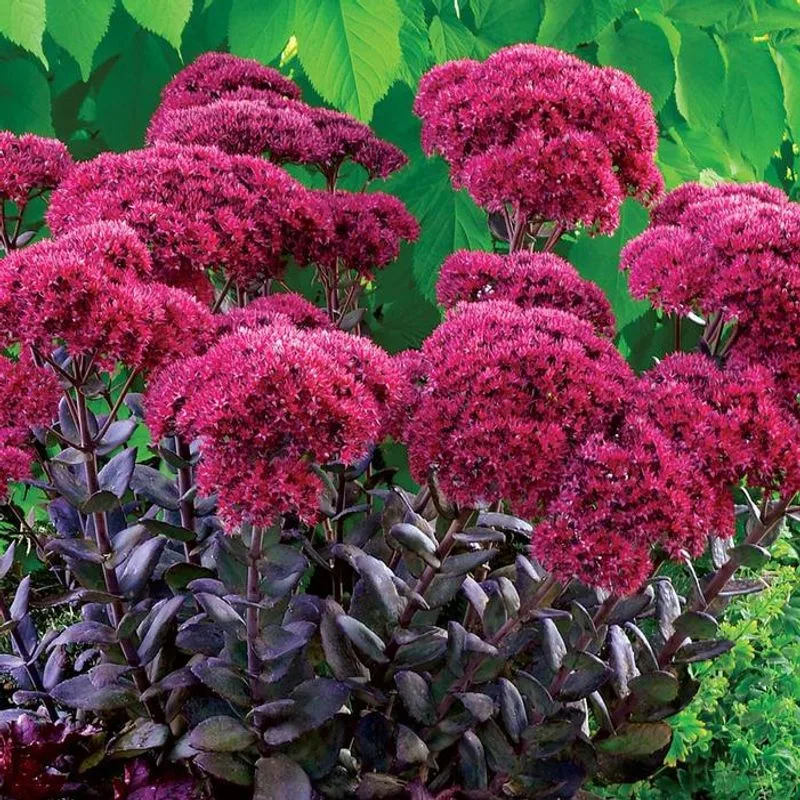
Sedums, or stonecrops, are versatile, hardy perennials perfect for rock gardens and borders. Plant them in May for a garden that thrives in sunny, dry conditions. With their succulent leaves and star-shaped flowers, sedums provide a unique texture and beauty.
These perennials are low-maintenance and attract butterflies and bees. Sedums come in various colors and forms, offering endless design possibilities. Fun fact: Some sedum varieties turn red in autumn, providing multi-season interest. Pair them with other succulents for a drought-tolerant garden.
Russian Sage
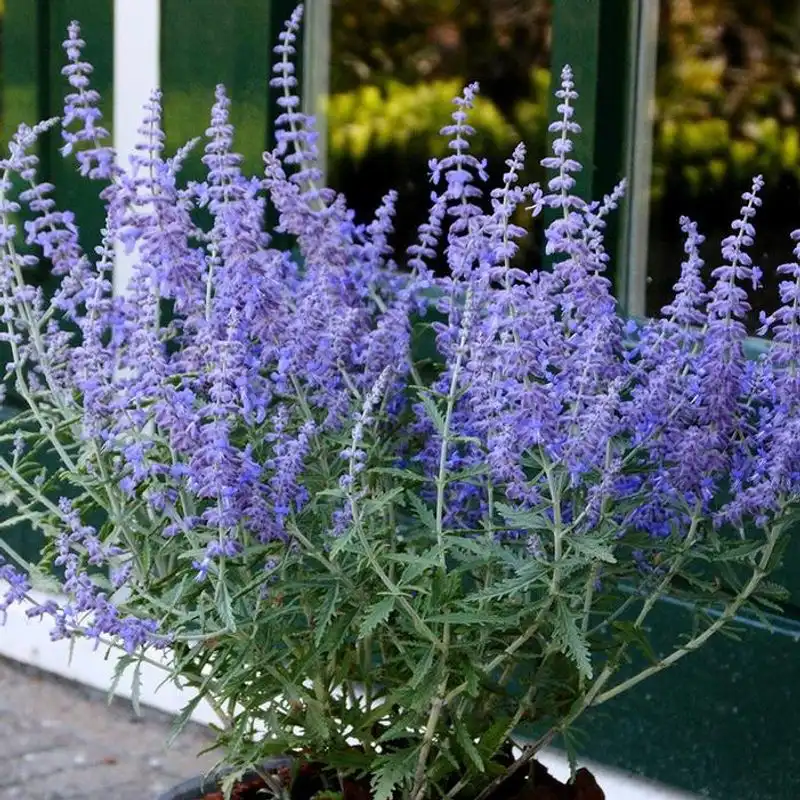
Russian Sage is a favorite for its airy spikes of lavender-blue flowers and aromatic, silvery foliage. Plant it in May for a garden that offers color and fragrance all summer long. This perennial thrives in full sun and well-drained soil, perfect for borders and mass plantings.
Its drought tolerance makes it ideal for low-water gardens. Russian Sage adds elegance to any garden design, pairing well with yellow daylilies for a stunning contrast. Interesting fact: Despite its name, Russian Sage is native to Central Asia and is not a true sage.
Catmint
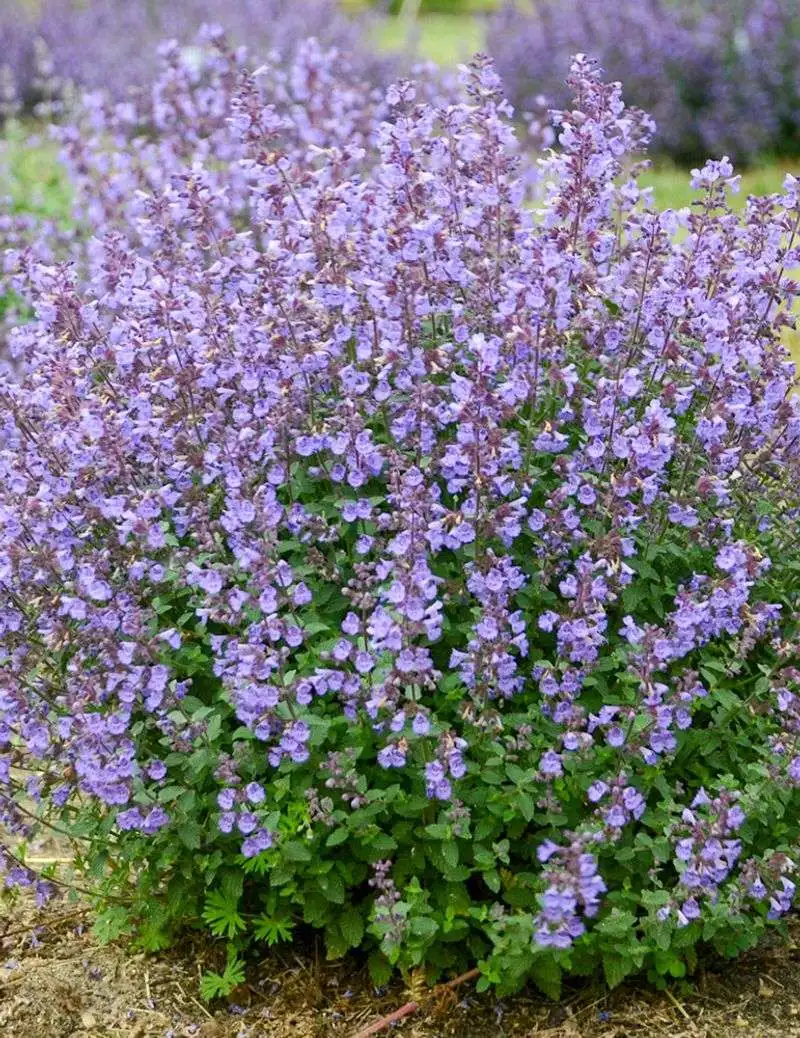
Catmint is beloved for its long blooming season and aromatic foliage. Plant it in May for a garden that attracts pollinators and remains vibrant through summer. This perennial thrives in full sun and well-drained soil, making it a low-maintenance choice.
Catmint’s soft lavender-blue flowers pair beautifully with roses and other classic garden plants. It’s also deer and rabbit resistant. Fun fact: Catmint is related to catnip, and while it doesn’t have the same effect on cats, it still adds a whimsical touch to gardens.
Gaillardia
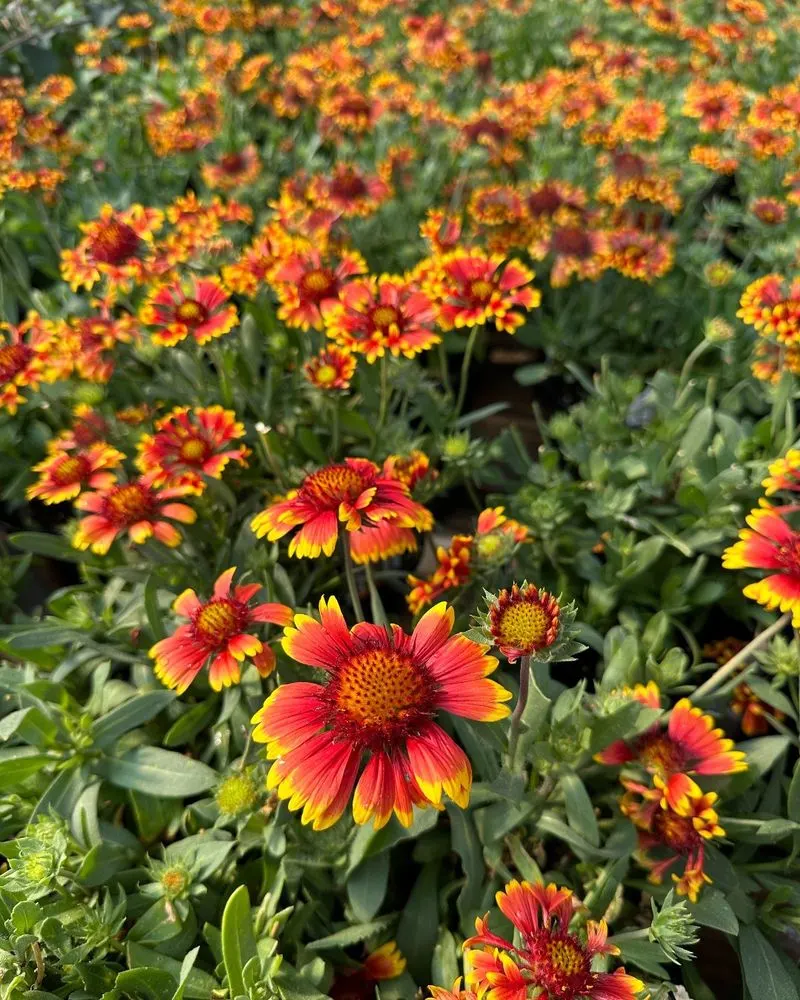
Gaillardia, or blanket flower, offers bold, fiery blooms that bring warmth to any garden. Plant them in May for a vibrant display throughout summer. These perennials thrive in sunny locations and well-drained soil, perfect for borders and rock gardens.
Gaillardias are drought-tolerant and attract butterflies, creating a lively garden environment. Pair them with ornamental grasses for a dynamic visual effect. Fun fact: The name ‘blanket flower’ comes from the flower’s resemblance to brightly colored Native American blankets.
Hibiscus
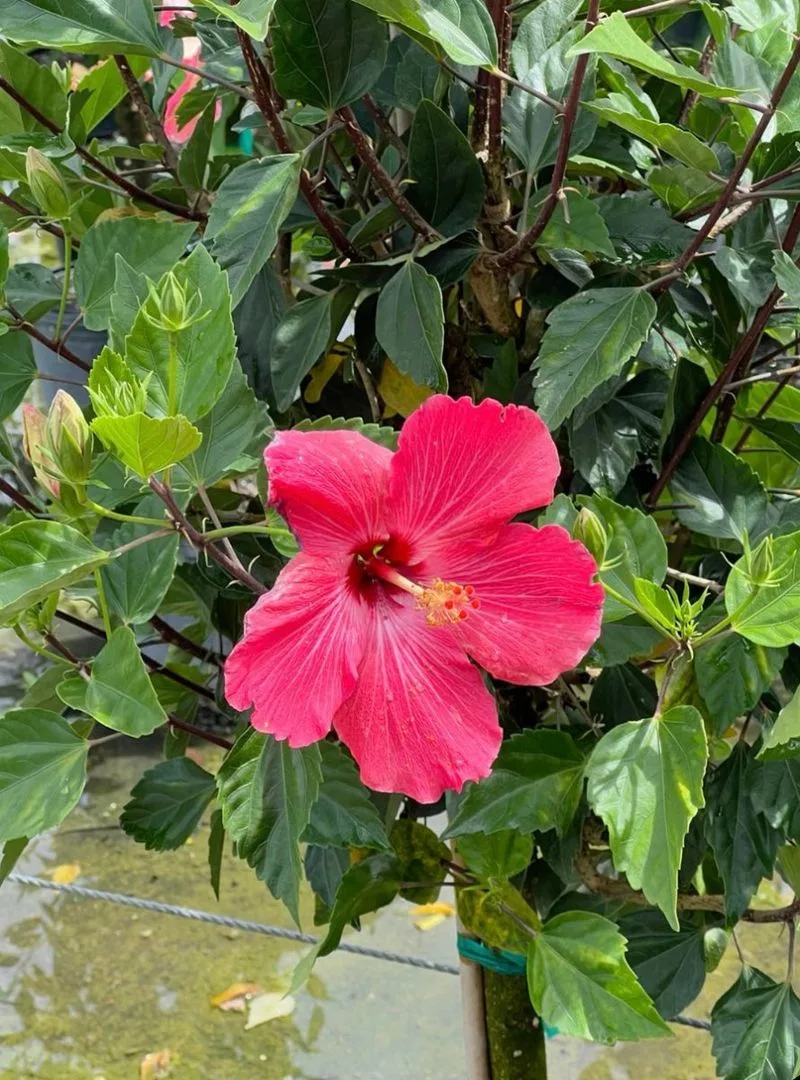
Hibiscus brings a tropical vibe to gardens with its large, showy flowers. Plant them in May for a stunning summer display. These perennials prefer well-drained soil and full sun to partial shade.
Hibiscus flowers attract hummingbirds and butterflies, adding life to your garden. They pair well with tropical plants like cannas and elephant ears. Fun fact: Hibiscus tea is made from the petals of certain hibiscus species and is enjoyed worldwide for its tart flavor and health benefits.
Veronica
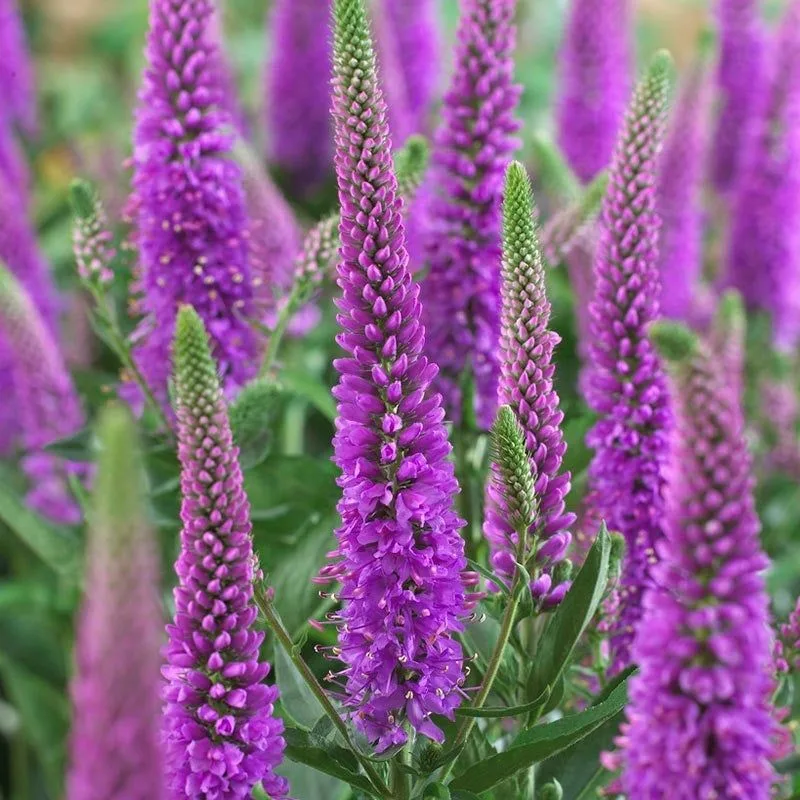
Veronica, also known as speedwell, offers elegant spikes of blue and purple flowers that add vertical interest to gardens. Plant them in May for blooms that last through summer. These perennials thrive in full sun and well-drained soil, making them ideal for sunny borders.
Veronicas attract pollinators and are deer-resistant, perfect for eco-friendly gardens. Pair them with other sun-loving perennials for a harmonious design. Fun fact: The name Veronica is derived from Saint Veronica, known for her compassion, adding a touch of history to your garden.
Phlox
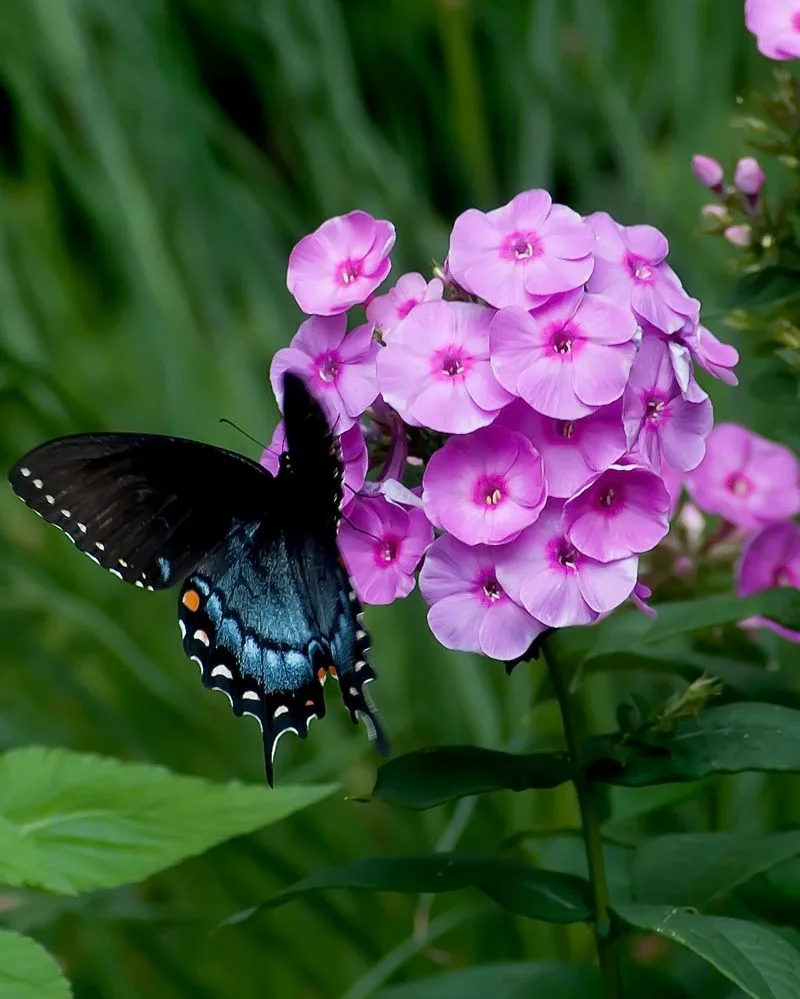
Phlox is cherished for its vibrant clusters of flowers that create a sea of color in gardens. Plant it in May for a summer filled with blooms. These perennials thrive in full sun to partial shade and are perfect for borders and mass plantings.
Phlox attracts butterflies and hummingbirds, enhancing the garden’s biodiversity. Pair them with coneflowers for a classic garden look. Interesting fact: Phlox is native to North America and has been a garden staple since the 18th century, bringing a touch of nostalgia to your garden.
Bee Balm
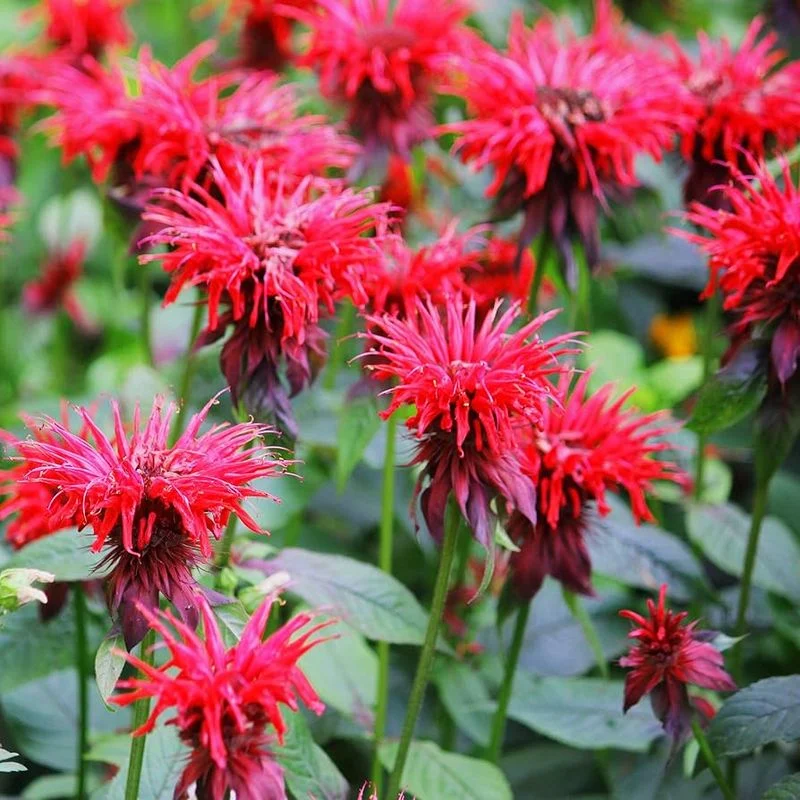
Bee Balm, or Monarda, is known for its vibrant blooms and ability to attract pollinators. Plant it in May for a garden buzzing with life. These perennials thrive in full sun to partial shade and prefer moist, well-drained soil.
Bee Balm’s flowers make excellent cut arrangements and add a pop of color to any garden. They pair well with herbs like mint and lemon balm for an aromatic garden. Fun fact: Bee Balm was used by Native Americans for its medicinal properties long before it became a garden favorite.

